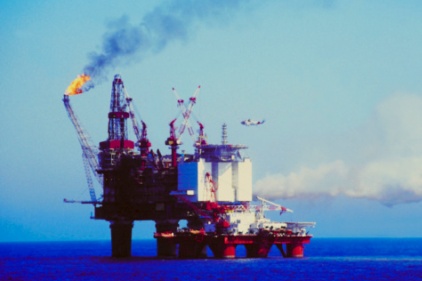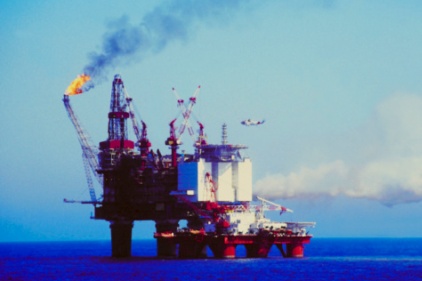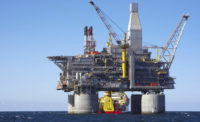 If you have ever traveled into the Gulf of Mexico or flown over the region, hundreds of oilrigs also known as oil platforms can be seen. The Gulf of Mexico is home to one of the world’s largest crude oil supply, stored deep beneath the great waters. Depending on the type of drilling that is to be done, some of these rigs stand for up to three years.
If you have ever traveled into the Gulf of Mexico or flown over the region, hundreds of oilrigs also known as oil platforms can be seen. The Gulf of Mexico is home to one of the world’s largest crude oil supply, stored deep beneath the great waters. Depending on the type of drilling that is to be done, some of these rigs stand for up to three years.
Through many years of research, the Minerals Management Service discovered a great link between the rigs and the aquamarine community. Fish and aquatic wildlife of many different species make their home deep beneath the water’s surface around the structure of these offshore rigs. Fishermen, scuba divers and the coastal communities surrounding the Gulf of Mexico have long lobbied the oil and gas community and the federal government to not remove the obsolete or non-productive platforms. The fishermen have found that some of the best catches can be found near these rigs. Scuba divers, like the gamesmen, claim that the most colorful dives can be had at these older rig sights due to the structure becoming an artificial reef.
The politics of the day have brought about many different opinions on what to do with these obsolete rigs. Many pieces of legislation have found their way onto the docket for discussion as different interest groups present different positions. To get something official in place, according to the Bureau of Ocean and Energy Management, talk of a “Rigs-to-Reefs” idea was publicized in 1983. The Rigs-to-Reefs Program was then adopted by Congress in the National Fishing Enhancement Act of 1984. The Rigs-to-Reefs Policy was officially formalized in 1985 defined as converting obsolete, nonproductive offshore oil and gas structures to designated artificial reefs.
The Rigs-to-Reefs program does two positive things: First, it presents a positive environment that offers an expansion of the natural biological marine life. By leaving these obsolete rigs in the water, a new artificial atmosphere is created for the natural surrounding habitat. This not only is an advantage for the sportsmen, but it helps with the advancement of the natural food chain and the general health of the ecological system.
Secondly, the Rigs-to-Reef program enhances the fishing community’s daily catch count and can increase the variety of what is available to them. Positive economic development stems from this process. The fishermen come back into the communities, sell their catch to the local groceries or the national chains, and ultimately the catch can end up on your plate at the nearest seafood restaurant.
This discussion about what to do with “old” oilrigs is not a new topic and will not be ending anytime soon. As legislation and federal rules are frequently proposed and voted upon, it will be important for the aquamarine, sportsmen and oil and gas community to stay informed as to how the laws that are important to them are being challenged. To date, over 100 oil platforms have been contributed to the Rigs-to-Reefs program by the oil and gas industry.



